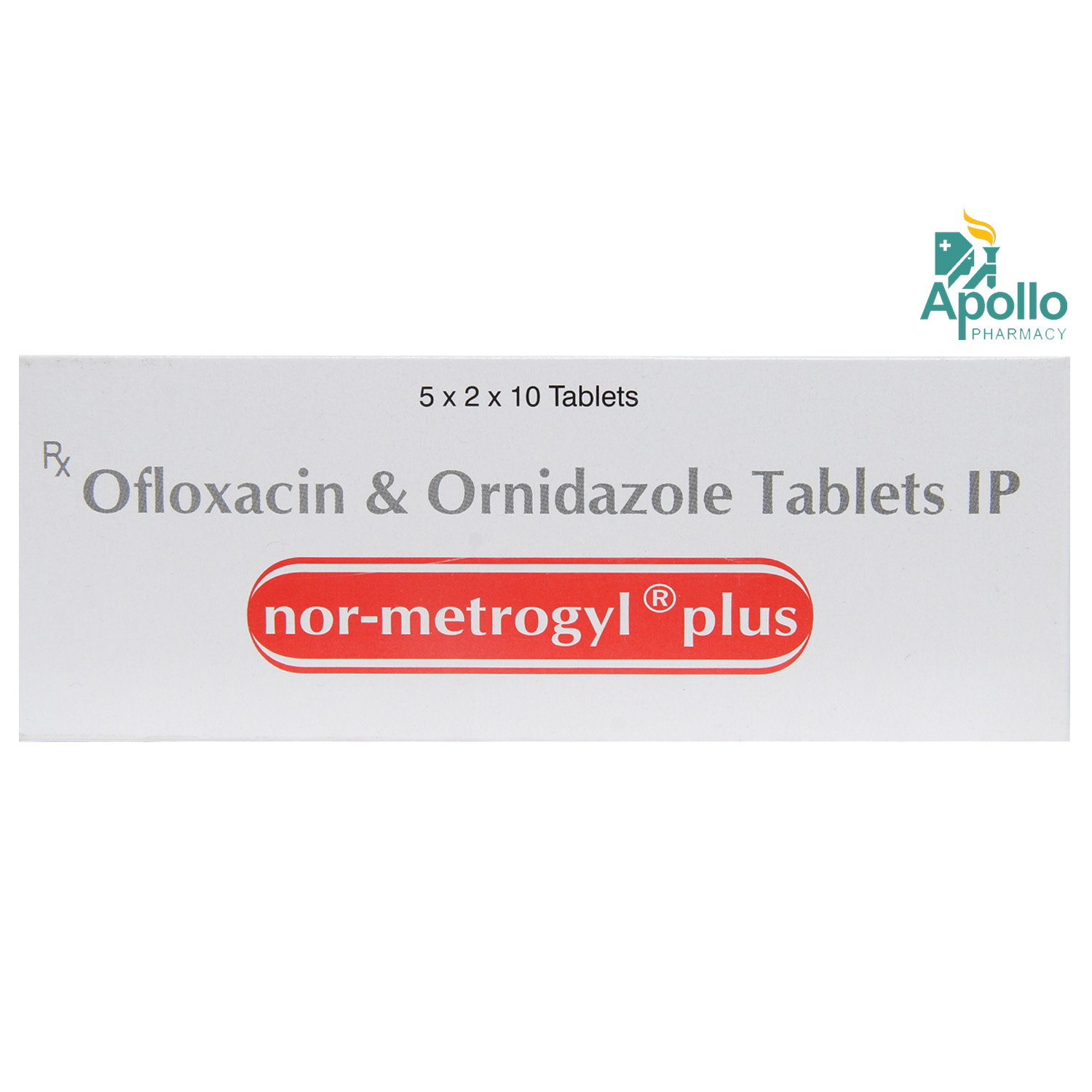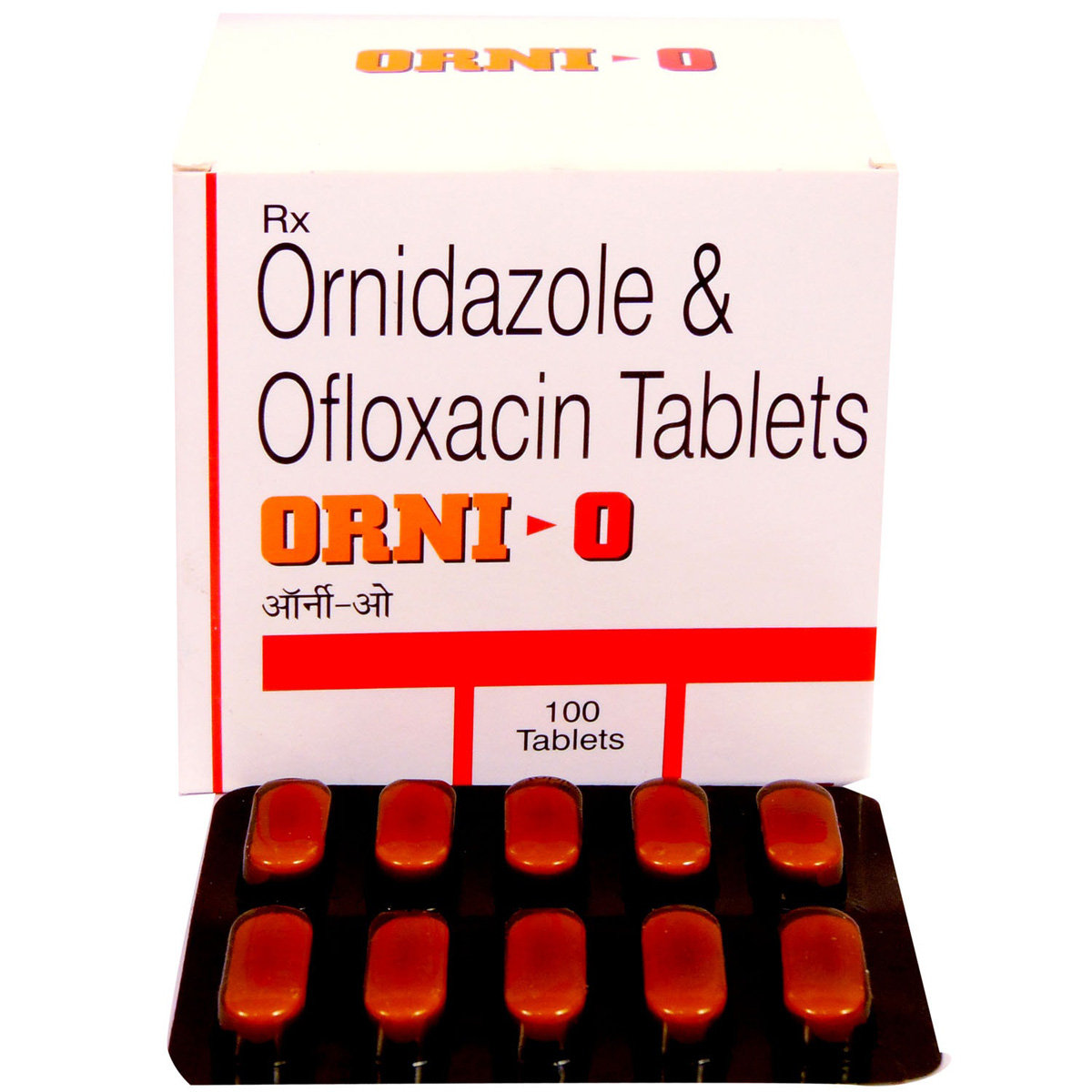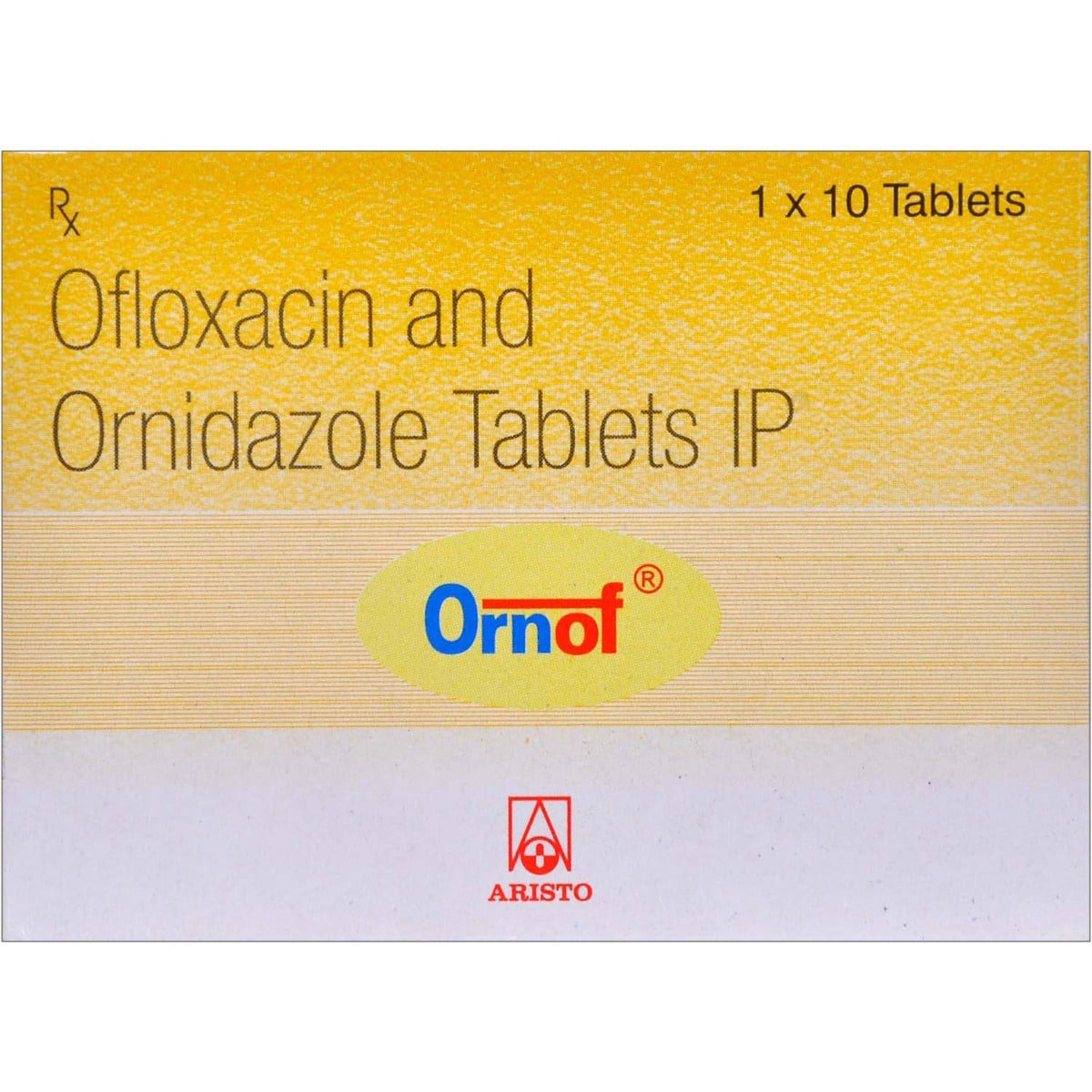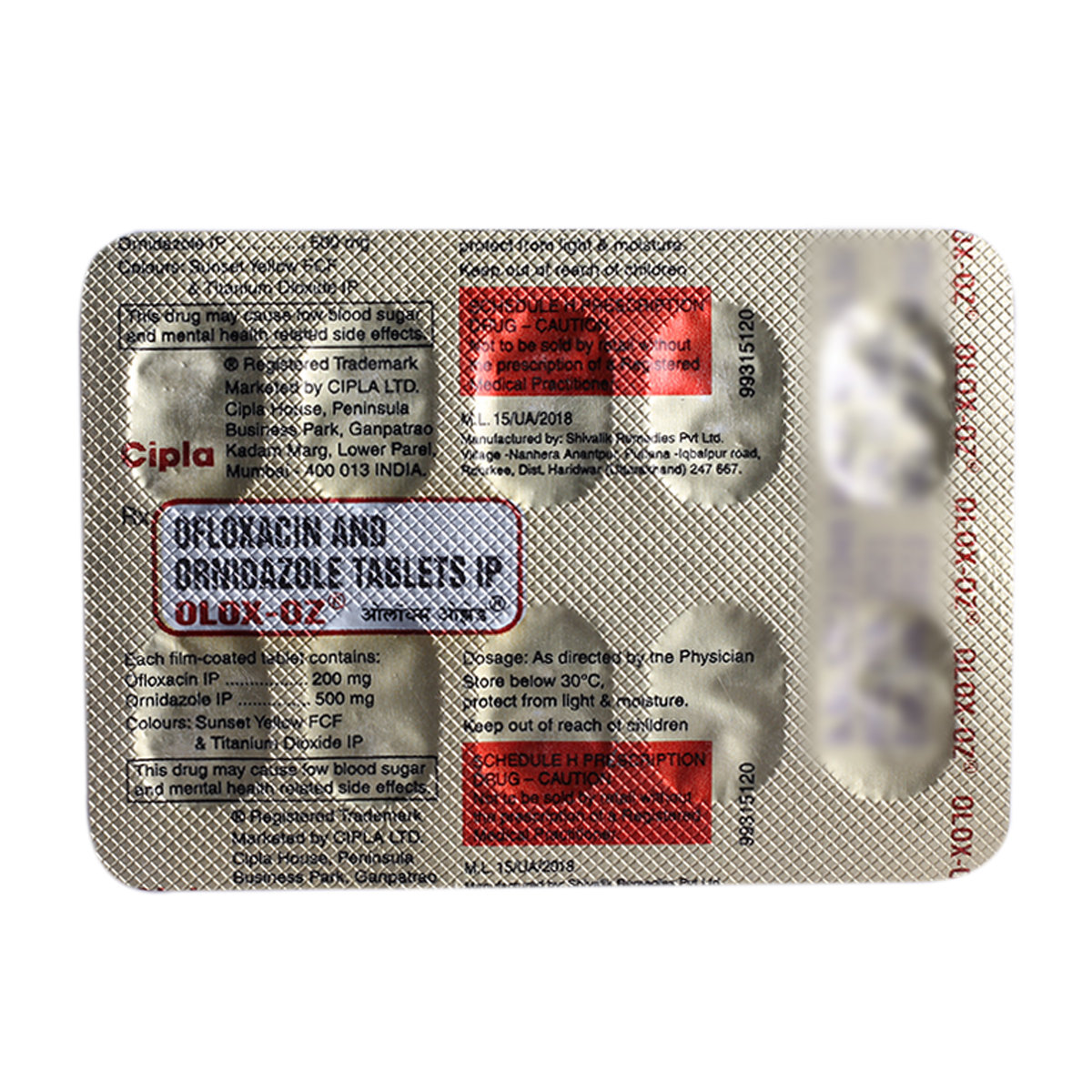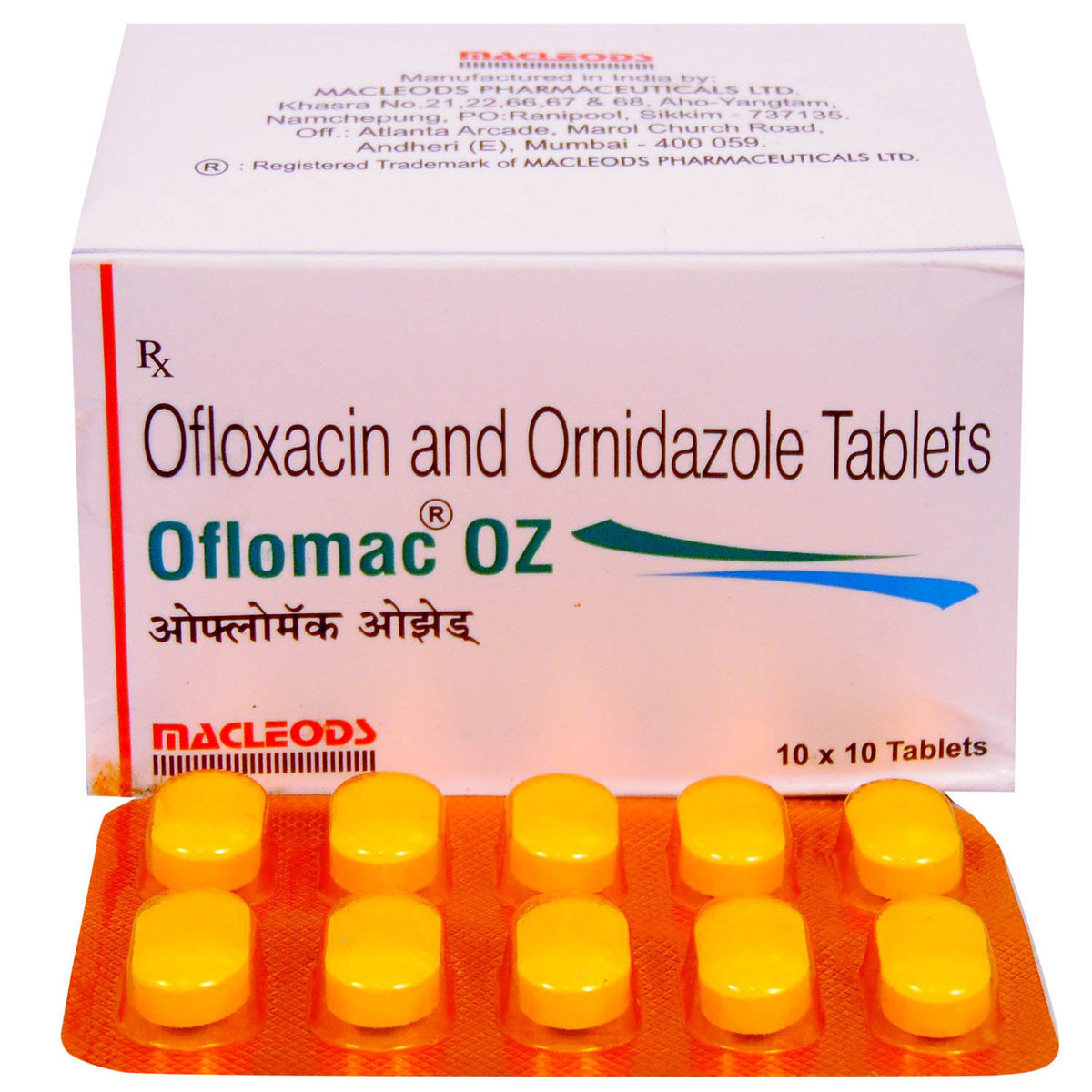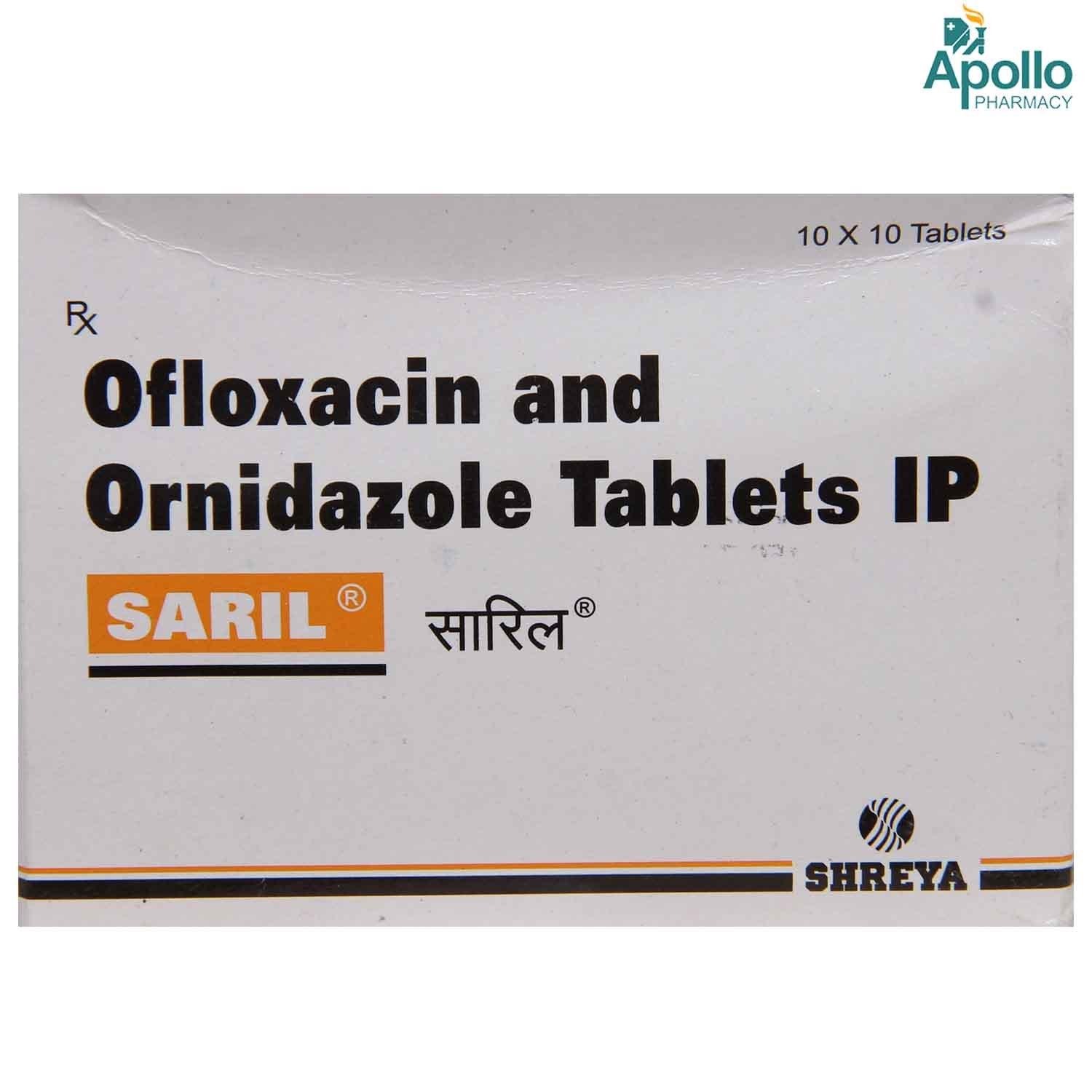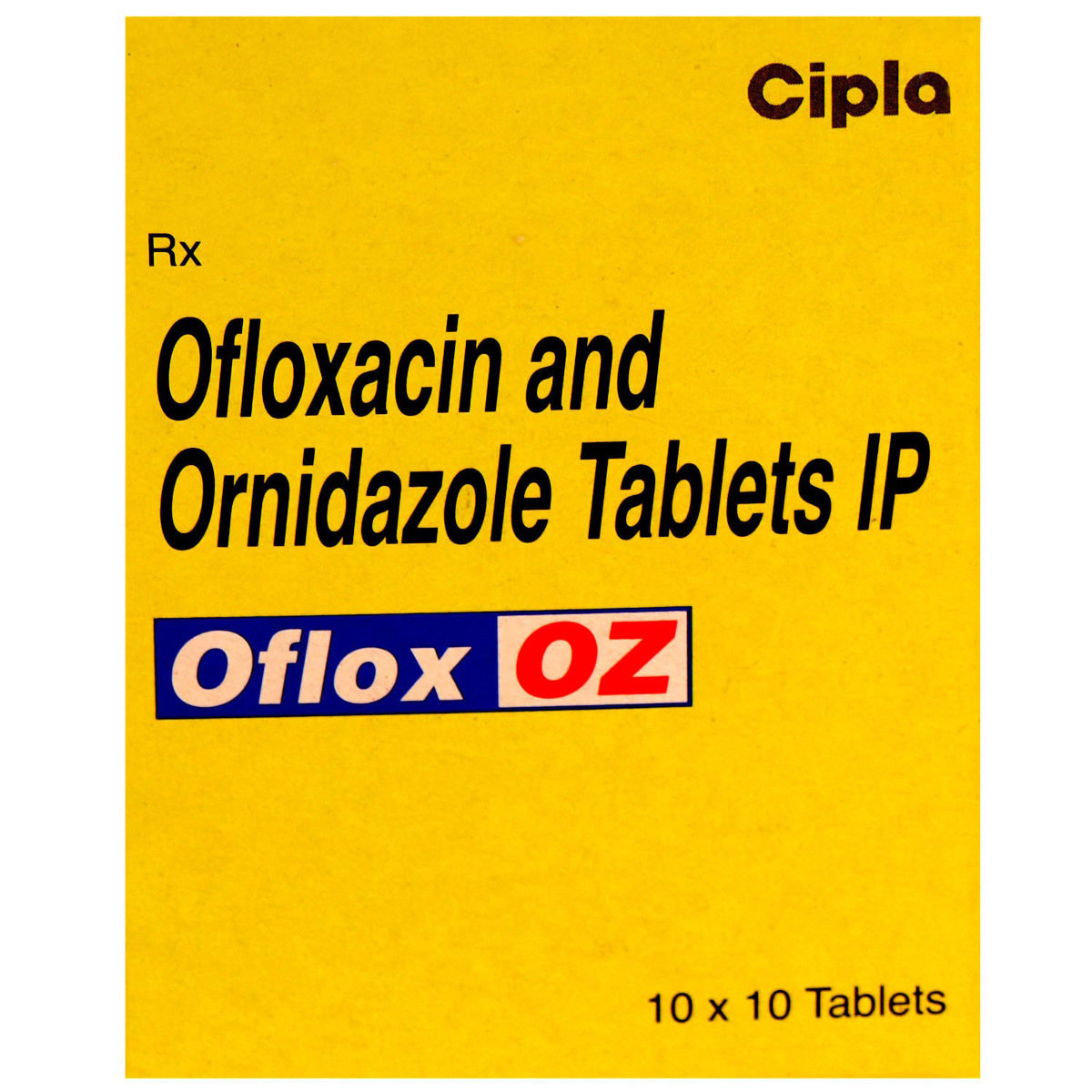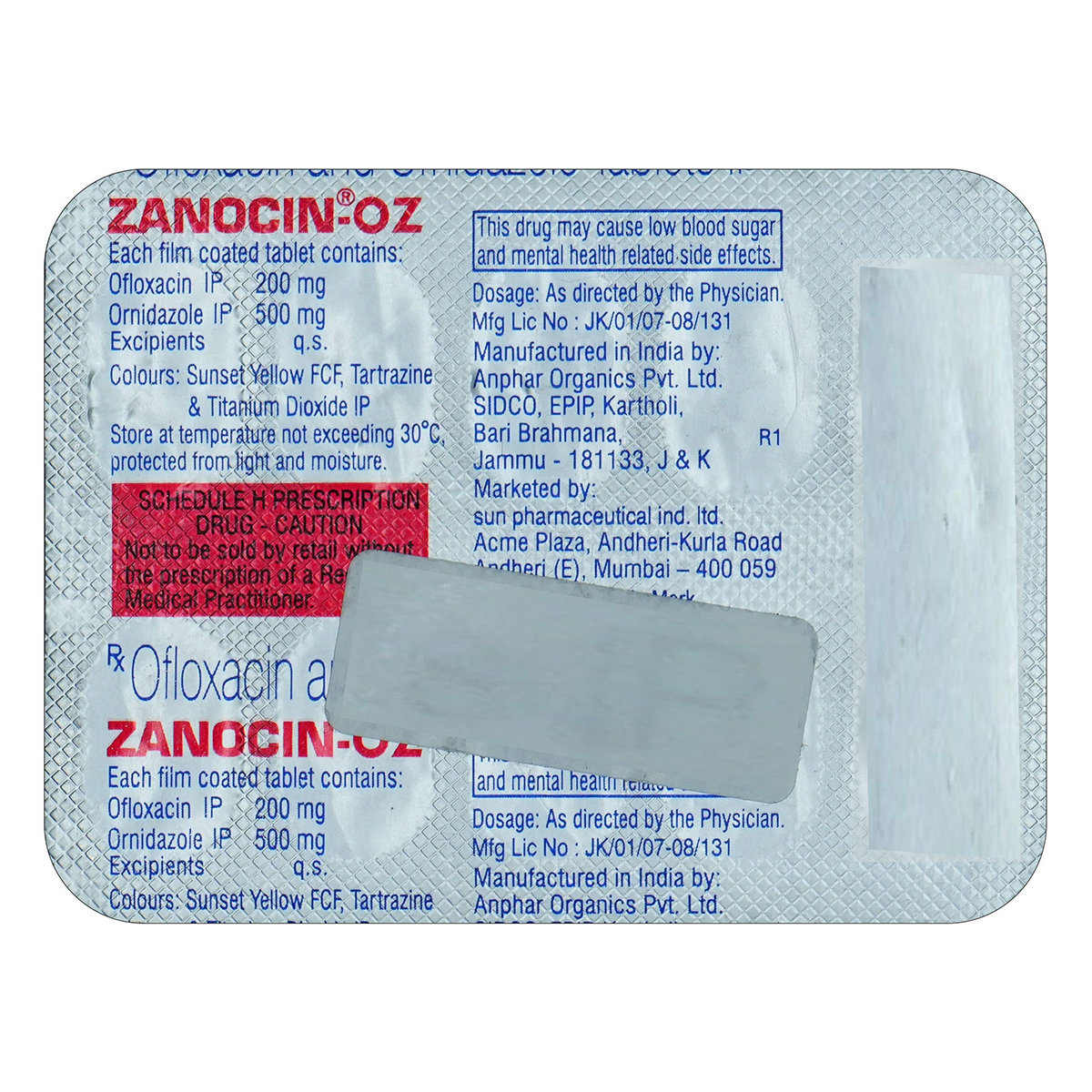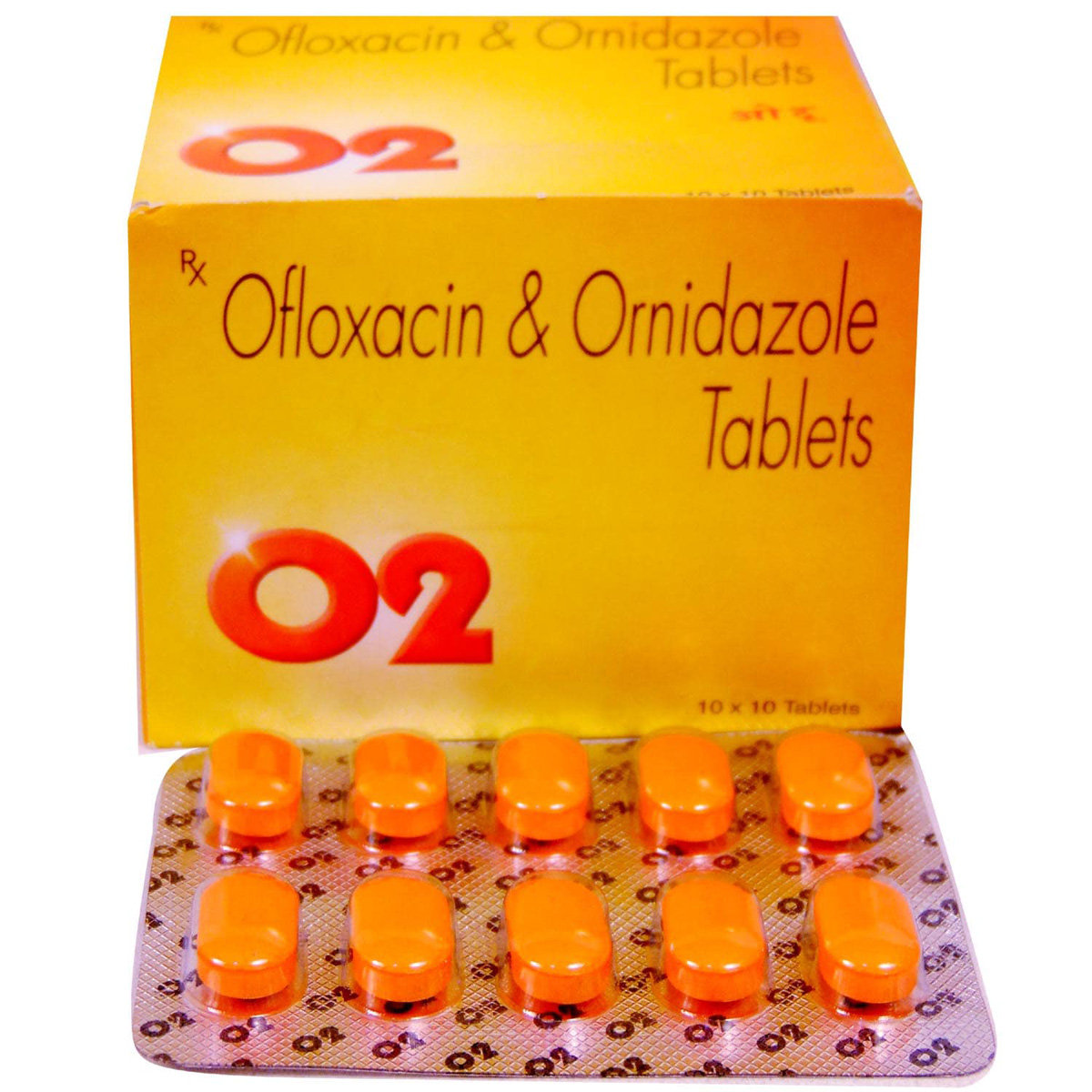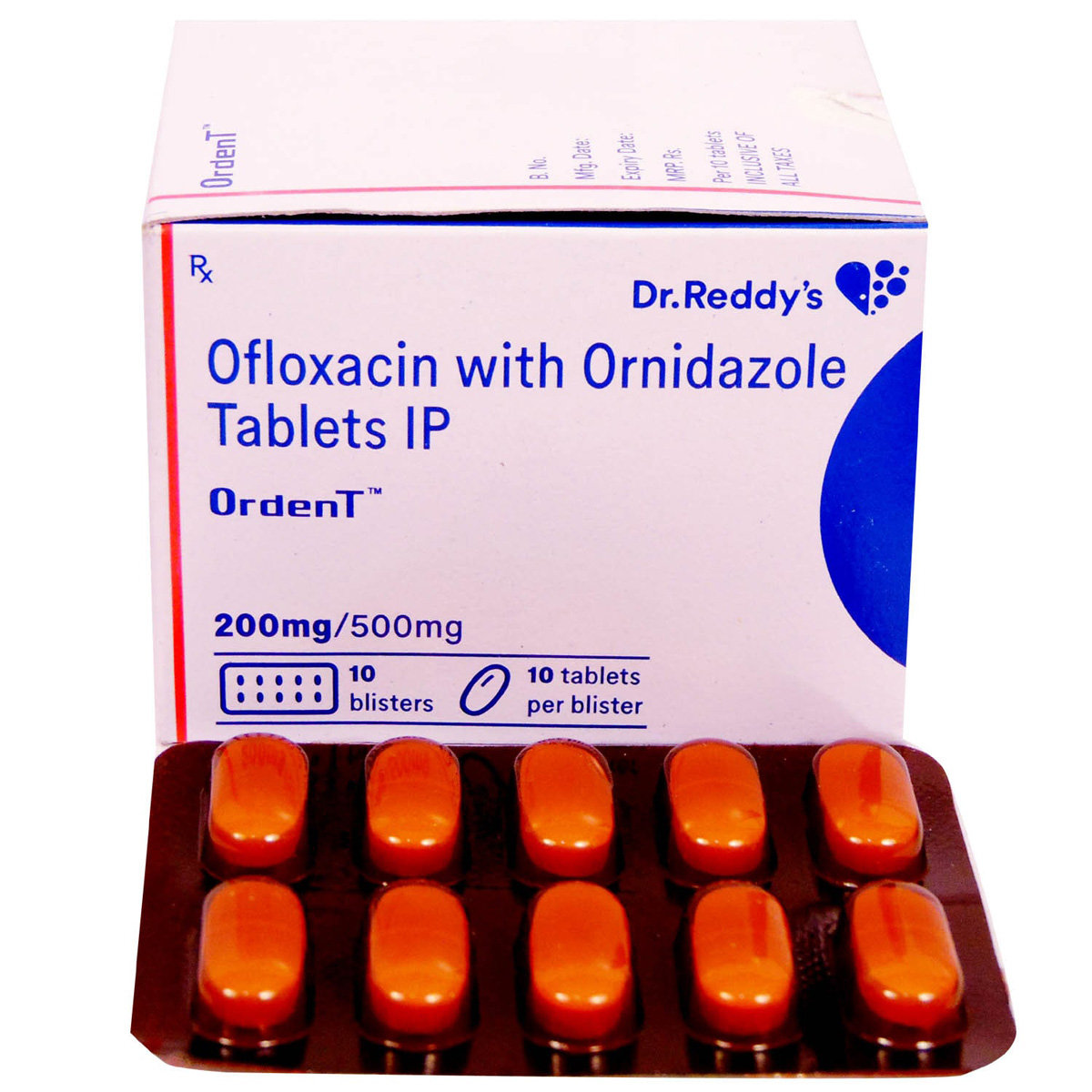Oson O Tablet

MRP ₹66.5
(Inclusive of all Taxes)
₹10.0 Cashback (15%)
know your delivery time
Provide Delivery Location
Composition :
Manufacturer/Marketer :
Consume Type :
Expires on or after :
Return Policy :

Secure Payment

Trusted by 8 Crore Indians

Genuine Products
Therapeutic Class
Country of origin
Manufacturer/Marketer address
Author Details
We provide you with authentic, trustworthy and relevant information
Disclaimer
Alcohol
Safe if prescribed
Avoid consuming alcohol while taking Oson O Tablet as it may cause increased dizziness.
Pregnancy
Consult your doctor
Please consult your doctor if you are pregnant; your doctor will prescribe Oson O Tablet only if the benefits outweigh the risks.
Breast Feeding
Consult your doctor
Consult your doctor before taking Oson O Tablet if you are breastfeeding. Your doctor will decide if Oson O Tablet can be taken by breastfeeding mothers or not.
Driving
Safe if prescribed
Oson O Tablet may cause dizziness and drowsiness. So, drive only if you are alert.
Liver
Consult your doctor
Dose adjustment may be needed. Please consult your doctor before taking Oson O Tablet if you have liver impairment/liver disease.
Kidney
Consult your doctor
Please consult your doctor if you have any concerns regarding this or if you have kidney impairment/kidney disease before taking Oson O Tablet .
Children
Safe if prescribed
Oson O Tablet is not recommended for children as safety and effectiveness have not been established.
Product Substitutes
Reference
- https://www.ciplamed.com/content/oflox-oz-tablets
- https://www.shalina.com/wp-content/uploads/2018/09/shalflodgroup.pdf
- https://wellonapharma.com/product/finished/ofloxacin-and-ornidazole-tablets
- https://wellonapharma.com/product/finished/ofloxacin-and-ornidazole-suspension
- https://www.nafdac.gov.ng/wp-content/uploads/Files/SMPC/a_v7/SmPC-ECOFLOCIN-PLUS.pdf
About Oson O Tablet
Oson O Tablet belongs to the group of medicines called antibiotics used to treat bacterial infections of the urinary tract, bacterial infections by inflammation of the peritoneum, eye and ear infections, skin and soft tissue infections, sexually transmitted infections, respiratory infections, vaginal infections, protozoan infections, intra-abdominal infections, and infections during surgical procedures. It is also indicated in the treatment of diarrhoea of mixed infections in adults.
Oson O Tablet is a combination of two antibiotic drugs, namely: Ofloxacin and Ornidazole. Ofloxacin inhibits DNA gyrase which is required for the replication, transcription, and repair of the DNA. Ornidazole inhibits protein synthesis and leads to cell death, thereby kills the bacteria. Together, Oson O Tablet helps in treating bacterial infections.
Take Oson O Tablet as prescribed. In some cases, Oson O Tablet may cause side-effects such as nausea, vomiting, abdominal pain, headache, and dizziness. Most of these side-effects do not require medical attention and will resolve gradually over time. However, you are advised to talk to your doctor if the side-effects persist or worsen.
Talk to your doctor if you experience pain in tendons, swelling, and inflammation as Oson O Tablet is associated with an increased risk of tendon rupture and tendonitis. Consult your doctor before taking Oson O Tablet if you are pregnant or breastfeeding. Oson O Tablet may cause dizziness and drowsiness, so drive only if you are alert. Avoid alcohol consumption while taking Oson O Tablet as it may cause increased dizziness. Oson O Tablet is not recommended for use in children.
Uses of Oson O Tablet
Medicinal Benefits Mweb
Key Benefits
Oson O Tablet belongs to the group of medicines called antibiotics used to treat urinary tract infections, bacterial infections by inflammation of the peritoneum, eye and ear infections, skin and soft tissue infections, sexually transmitted infections, respiratory infections, vaginal infections, protozoan infections, intra-abdominal infections, and infections during surgical procedures. It is also indicated in the treatment of diarrhoea of mixed infections in adults. Oson O Tablet is a combination of two antibiotic drugs, namely: Ofloxacin and Ornidazole. Ofloxacin inhibits DNA gyrase which is required for the replication, transcription, and repair of the DNA. Ornidazole inhibits protein synthesis and leads to cell death, thereby kills the bacteria. Together, Oson O Tablet helps in treating bacterial infections. Oson O Tablet is a broad-spectrum antibiotic effective against a wide range of gram-positive and gram-negative bacteria.
Directions for Use
Side Effects of Oson O Tablet
- Nausea
- Vomiting
- Abdominal pain
- Headache
- Dizziness
Drug Warnings
Do not take Oson O Tablet if you are allergic to any of its contents; if you had swelling or tearing of tendons while taking quinolone antibiotics; or if you have myasthenia gravis, as it may cause increased muscle weakness. Talk to your doctor before taking Oson O Tablet if you have epilepsy, low levels of potassium, nervous or muscle problems, head injury or brain tumour, diabetes, rheumatoid arthritis, multiple sclerosis, heart, kidney or liver problems. Consult your doctor before taking Oson O Tablet if you are pregnant or breastfeeding. Oson O Tablet may cause dizziness and drowsiness, so drive only if you are alert. Avoid alcohol consumption while taking Oson O Tablet as it may cause increased dizziness.
Drug-Drug Interactions
Drug-Drug Interactions
Login/Sign Up
Using Mesoridazine together with Oson O Tablet can increase the risk of an irregular heart rhythm that may be serious.
How to manage the interaction:
Taking Mesoridazine with Oson O Tablet is not recommended, please consult your doctor before taking it. You should seek immediate medical attention if you develop sudden dizziness, lightheadedness, fainting, shortness of breath, or heart palpitations. Do not stop using any medications without talking to a doctor.
Coadministration of Oson O Tablet with Quinidine can increase the risk or severity of irregular heart rhythms.
How to manage the interaction:
Taking Oson O Tablet with Quinidine together is generally avoided as it can result in an interaction, it can be taken if your doctor has advised it. However, if you experience sudden dizziness, lightheadedness, fainting, shortness of breath, chest pain or tightness, rapid heartbeat, or memory loss, contact a doctor immediately. Do not discontinue any medications without consulting a doctor.
Coadministration of Oson O Tablet with Pimozide can increase the risk or severity of irregular heart rhythms.
How to manage the interaction:
Taking Oson O Tablet with Pimozide together can result in an interaction, it can be taken if your doctor has advised it. However, if you experience sudden dizziness, lightheadedness, fainting, shortness of breath, chest pain or tightness, rapid heartbeat, or memory loss, contact a doctor immediately. Do not discontinue any medications without consulting a doctor.
Coadministration of Oson O Tablet with Saquinavir can increase the risk or severity of irregular heart rhythms.
How to manage the interaction:
Taking Oson O Tablet with Saquinavir together is generally avoided as it can result in an interaction, it can be taken if your doctor has advised it. However, if you experience sudden dizziness, lightheadedness, fainting, shortness of breath, chest pain or tightness, rapid heartbeat, or memory loss, contact a doctor immediately. Do not discontinue any medications without consulting a doctor.
Using bepridil together with Oson O Tablet drugs can increase the risk of an irregular heart rhythm that may be serious.
How to manage the interaction:
Taking Oson O Tablet with Bepridil can cause an interaction, please consult your doctor before taking it. You should seek immediate medical attention if you develop sudden dizziness, lightheadedness, fainting, or fast or pounding heartbeats. Do not stop using any medications without consulting a doctor.
Coadministration of Oson O Tablet with Dronedarone can increase the risk or severity of irregular heart rhythm.
How to manage the interaction:
Taking Oson O Tablet with Dronedarone together can result in an interaction, it can be taken if your doctor has advised it. However, if you experience sudden dizziness, lightheadedness, fainting, shortness of breath, chest pain or tightness, rapid heartbeat, or memory loss, contact a doctor immediately. Do not discontinue any medications without consulting a doctor.
Using halofantrine together with Oson O Tablet can increase the risk of an irregular heart rhythm that may be serious.
How to manage the interaction:
Taking Oson O Tablet with Halofantrine can cause an interaction, please consult your doctor before taking it. You should seek immediate medical attention if you develop sudden dizziness, lightheadedness, fainting, shortness of breath, or heart palpitations. Do not stop using any medications without talking to a doctor.
The combination of Amiodarone and Oson O Tablet may significantly increase the risk of an abnormal heart rhythm.
How to manage the interaction:
Although Amiodarone and Oson O Tablet interact, it can be taken if prescribed by a doctor. If you get dizziness, lightheadedness, fainting, or fast or racing heartbeats, consult a doctor. Do not stop taking any medications without consulting a doctor.
Coadministration of Oson O Tablet with Thioridazine can increase the risk or severity of irregular heart rhythms.
How to manage the interaction:
Taking Oson O Tablet with Thioridazine together is generally avoided as it can result in an interaction, it can be taken if your doctor has advised it. However, if you experience sudden dizziness, lightheadedness, fainting, shortness of breath, chest pain or tightness, rapid heartbeat, or memory loss, contact a doctor immediately. Do not discontinue any medications without consulting a doctor.
Coadministration of Oson O Tablet with Sotalol can increase the risk or severity of irregular heart rhythms.
How to manage the interaction:
Taking Oson O Tablet with Sotalol together is generally avoided as it can result in an interaction, it can be taken if a doctor has advised it. If you experience sudden dizziness, lightheadedness, fainting, shortness of breath, chest pain or tightness, rapid heartbeat, or memory loss, contact a doctor. Do not discontinue any medications without consulting a doctor.
Drug-Food Interactions
Drug-Food Interactions
Login/Sign Up
Drug-Diseases Interactions
Drug-Diseases Interactions
Login/Sign Up
Drug-Drug Interactions Checker List
- ASPIRIN
- IBUPROFEN
- AZITHROMYCIN
- TRIMETHOPRIM+SULFAMETHOXAZOLE
- METRONIDAZOLE
- ERYTHROMYCIN
- DEXAMETHASONE
- METFORMIN
- ALBUTEROL
- FUROSEMIDE
Habit Forming
Special Advise
- Oson O Tablet may affect coagulation test or prothrombin time (time is taken for blood clotting), liver function tests, and serum tests. Oson O Tablet contains ofloxacin which might produce false-positive urine screening results for opiates. Inform the person doing the tests that you are taking Oson O Tablet .
- Oson O Tablet is associated with an increased risk of tendon rupture and tendonitis. Consult your doctor immediately if you experience tendon pain, swelling or inflammation while taking Oson O Tablet .
Diet & Lifestyle Advise
- Antibiotics can alter the useful bacteria in the stomach, which help in digestion. Therefore, you are advised to take foods rich in probiotics such as yoghurt/curd, kefir, sauerkraut, tempeh, kimchi, miso, kombucha, buttermilk, natto and cheese.
- Eat fibre-rich food like whole grains, beans, lentils, berries, broccoli, peas and bananas.
- Avoid foods rich in calcium, grapefruit and grapefruit juice as they might hinder the absorption of antibiotics.
- Avoid consumption of alcohol and usage of tobacco.
All Substitutes & Brand Comparisons
RX
Nor Metrogyl Plus Tablet 10's
Lekar Pharma Ltd
₹109.5
(₹9.86 per unit)
64% COSTLIERRX
Normet Tablet 10's
Zuventus Healthcare Ltd
₹127
(₹11.17 per unit)
86% COSTLIERRX
Orni-O Tablet 10's
Zydus Healthcare Ltd
₹136
(₹12.24 per unit)
104% COSTLIER
Buy best Infections & Infestation products by
Cipla Ltd
Macleods Pharmaceuticals Ltd
Alkem Laboratories Ltd
Lupin Ltd
Abbott India Ltd
Sun Pharmaceutical Industries Ltd
Mankind Pharma Pvt Ltd
Micro Labs Ltd
Aristo Pharmaceuticals Pvt Ltd
FDC Ltd
Intas Pharmaceuticals Ltd
Glenmark Pharmaceuticals Ltd
Ipca Laboratories Ltd
Torrent Pharmaceuticals Ltd
Zydus Healthcare Ltd
Biochem Pharmaceutical Industries Ltd
Zuventus Healthcare Ltd
United Biotech Pvt Ltd
Hetero Drugs Ltd
Emcure Pharmaceuticals Ltd
Alembic Pharmaceuticals Ltd
Indoco Remedies Ltd
Fusion Health Care Pvt Ltd
Dr Reddy's Laboratories Ltd
Leeford Healthcare Ltd
Cadila Healthcare Ltd
Wockhardt Ltd
Zydus Cadila
GlaxoSmithKline Pharmaceuticals Ltd
Morepen Laboratories Ltd
Blue Cross Laboratories Pvt Ltd
Cadila Pharmaceuticals Ltd
Converge Biotech Pvt Ltd
Elder Pharmaceuticals Ltd
Hetero Healthcare Pvt Ltd
Pfizer Ltd
AAA Pharma Trade Pvt Ltd
Gufic Bioscience Ltd
Mylan Pharmaceuticals Pvt Ltd
Corona Remedies Pvt Ltd
Wallace Pharmaceuticals Pvt Ltd
Apex Laboratories Pvt Ltd
Medishri Healthcare Pvt Ltd
Akumentis Healthcare Ltd
Alniche Life Sciences Pvt Ltd
Hegde & Hegde Pharmaceutica Llp
Veritaz Healthcare Ltd
Ranbaxy Laboratories Ltd
Koye Pharmaceuticals Pvt Ltd
Shreya Life Sciences Pvt Ltd
Overseas Health Care Pvt Ltd
Biocon Ltd
Indchemie Health Specialities Pvt Ltd
Medley Pharmaceuticals Ltd
Brinton Pharmaceuticals Ltd
J B Chemicals & Pharmaceuticals Ltd
Unifaith Biotech Pvt Ltd
Ajanta Pharma Ltd
Biochemix Health Care Pvt Ltd
Natco Pharma Ltd
Samarth Life Sciences Pvt Ltd
Unichem International
Laborate Pharmaceuticals India Ltd
Unipark Biotech Pvt Ltd
Zymes Bioscience Pvt Ltd
Indiabulls Pharmaceuticals Pvt Ltd
Neon Laboratories Ltd
Vasu Organics Pvt Ltd
DR Johns Lab Pharma Pvt Ltd
East West Pharma India Pvt Ltd
La Renon Healthcare Pvt Ltd
Medgen Drugs And Laboratories Pvt Ltd
Novartis India Ltd
Canixa Life Sciences Pvt Ltd
Icarus Health Care Pvt Ltd
Lincoln Pharmaceuticals Ltd
Celon Laboratories Pvt Ltd
Concept Pharmaceuticals Ltd
Klm Laboratories Pvt Ltd
Nicholas Piramal India Ltd
Systopic Laboratories Pvt Ltd
Yuventis Pharmaceuticals
Capital Pharma
German Remedies Ltd
Pristine Pearl Pharma Pvt Ltd
Unison Pharmaceuticals Pvt Ltd
Aurz Pharmaceutical Pvt Ltd
Clover Health Care Pharma
Kepler Healthcare Pvt Ltd
Allites Life Sciences Pvt Ltd
Auspharma Pvt Ltd
Intra Life Pvt Ltd
Jolly Healthcare
Linux Laboratories Pvt Ltd
Ozone Pharmaceuticals Ltd
Cachet Pharmaceuticals Pvt Ltd
Comed Chemicals Ltd
Delcure Life Sciences Ltd
Fresenius Kabi India Pvt Ltd
Khandelwal Laboratories Pvt Ltd
Frequently Bought Together
Customers Also Bought

_0.jpg?tr=q-85)

